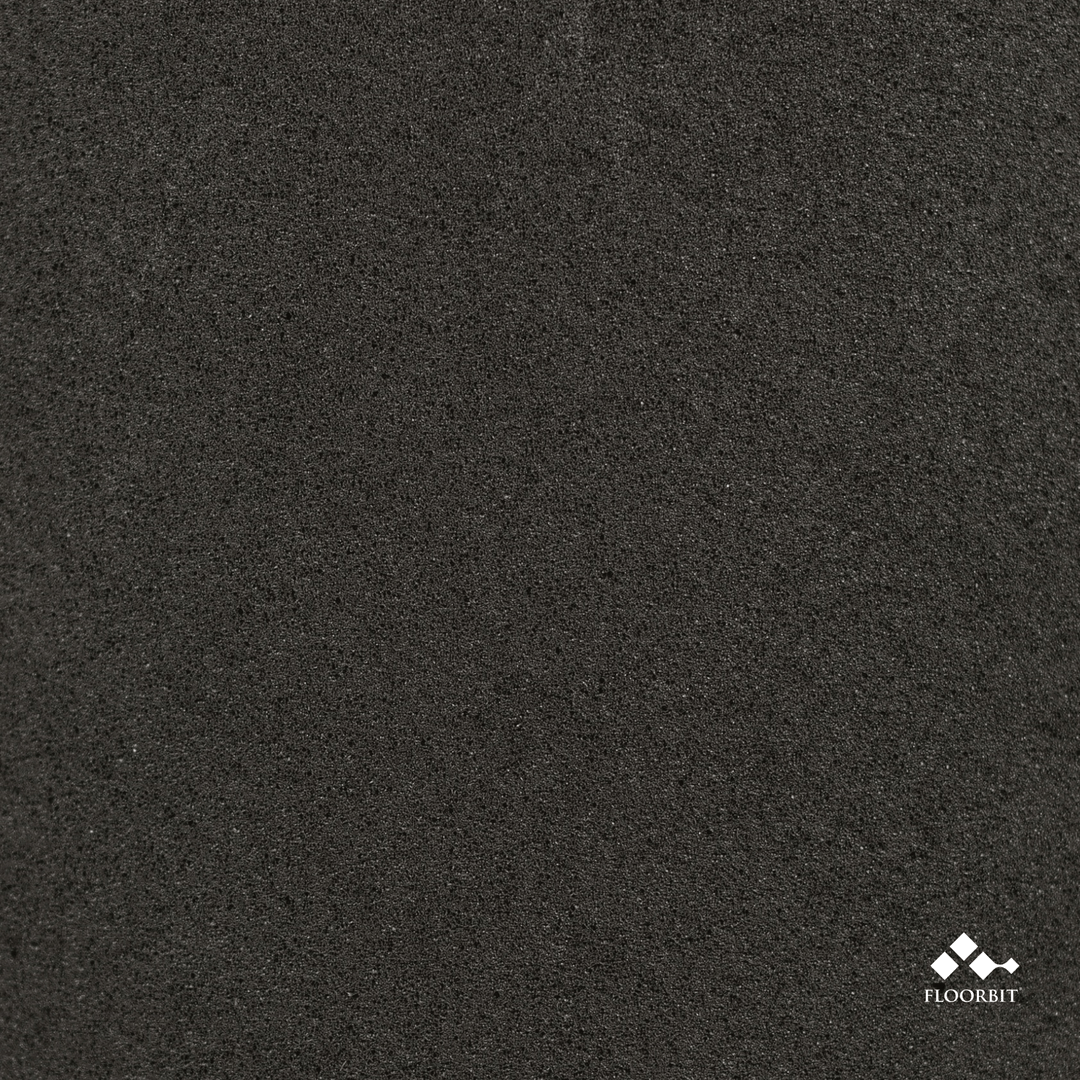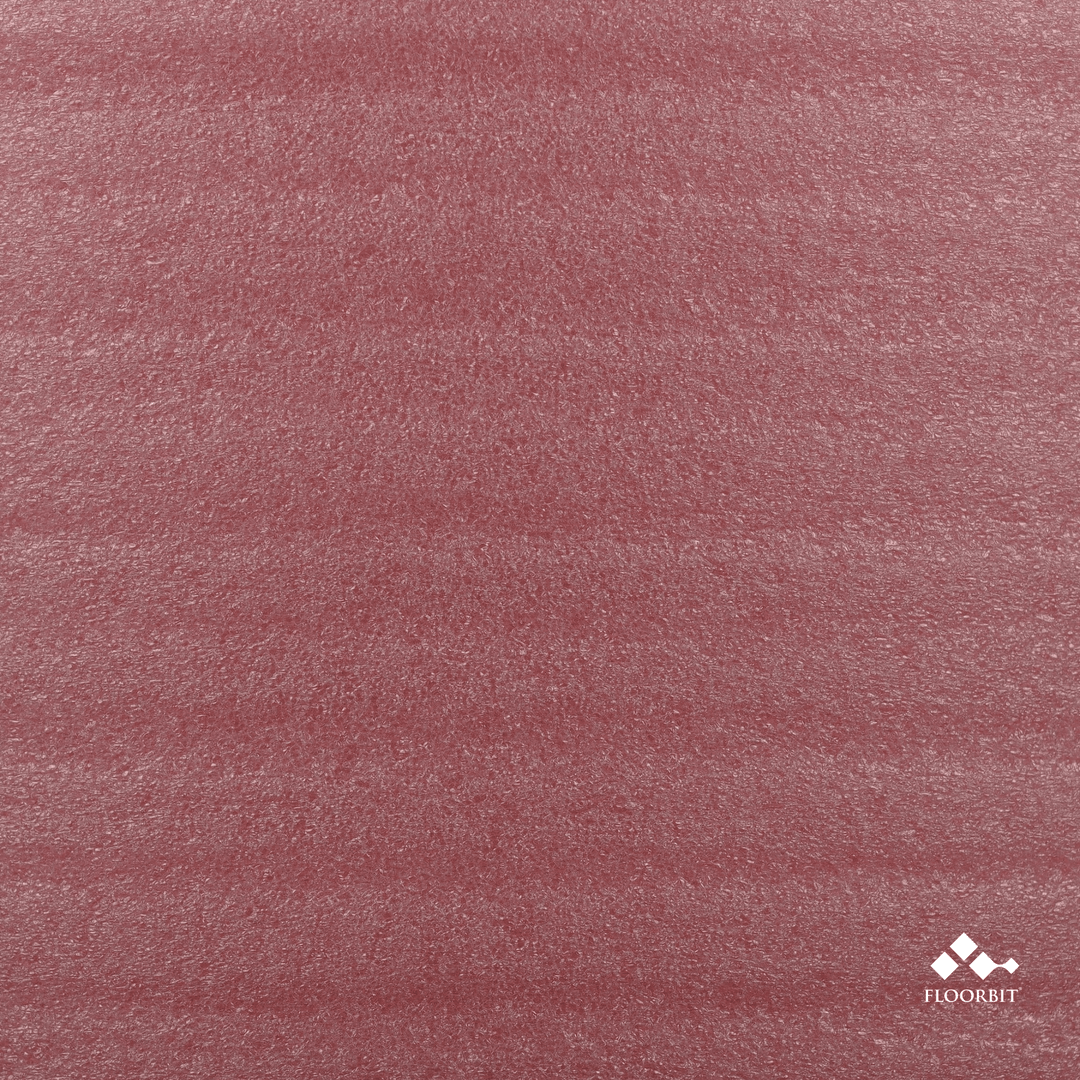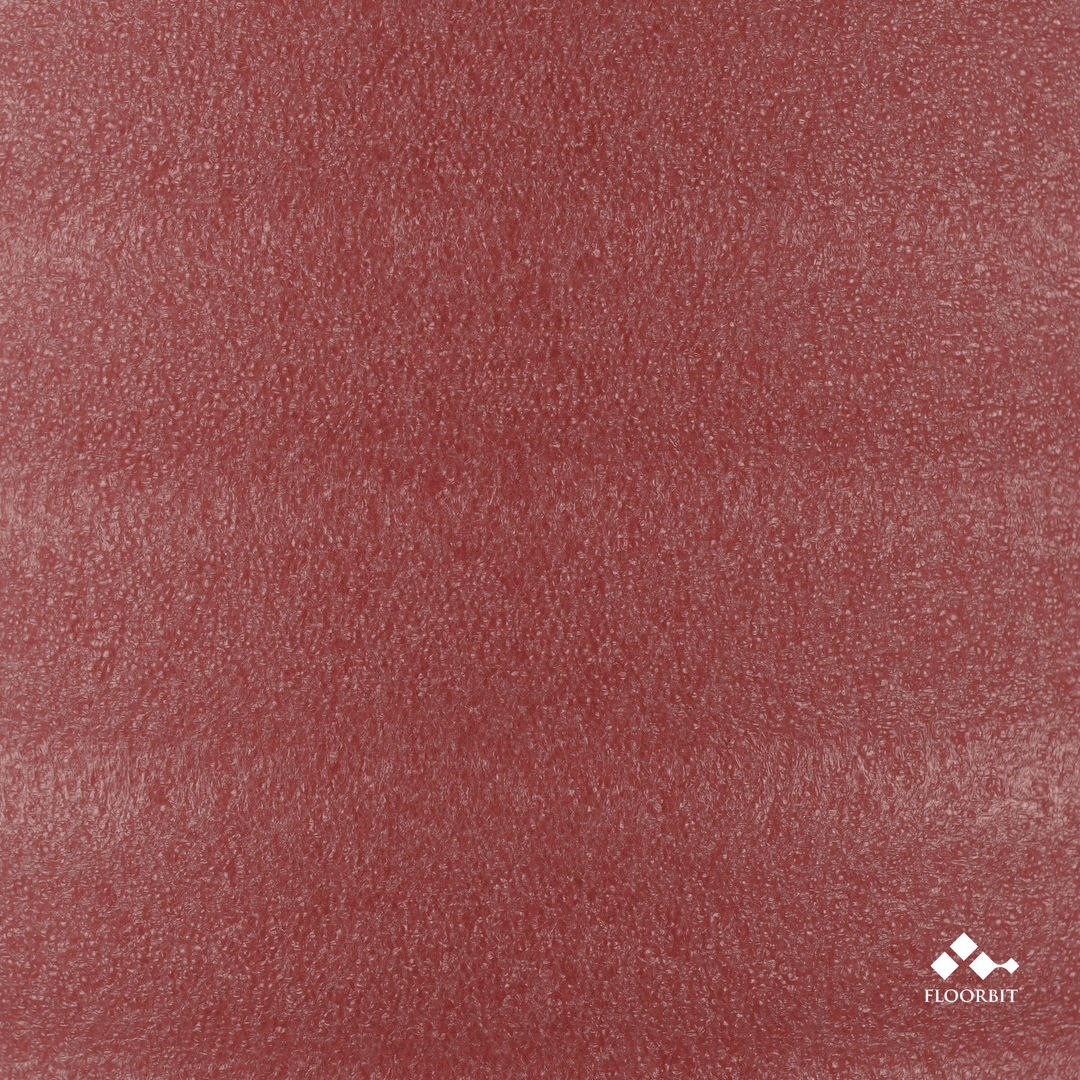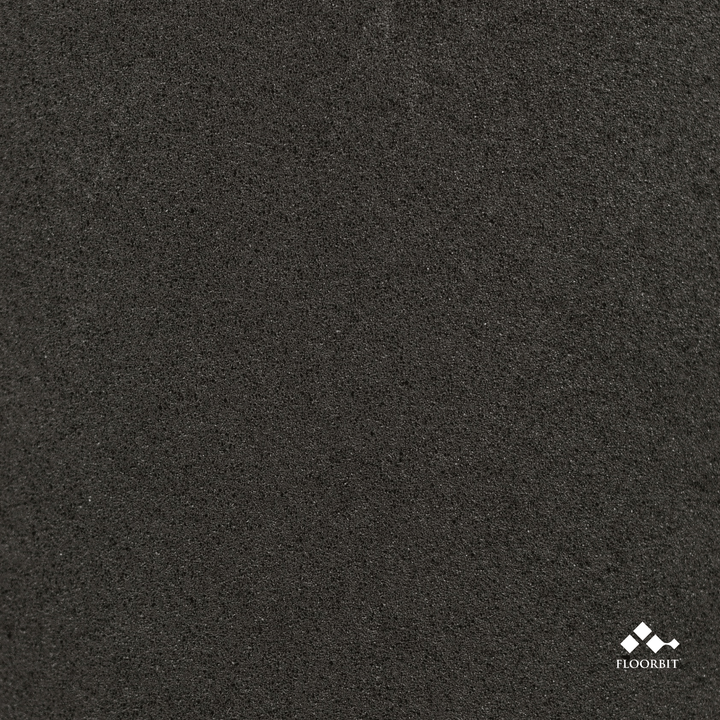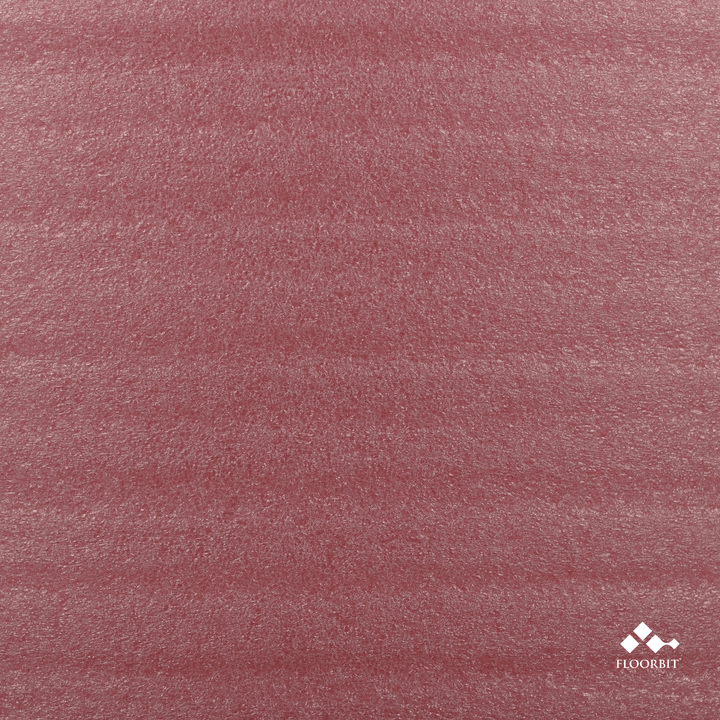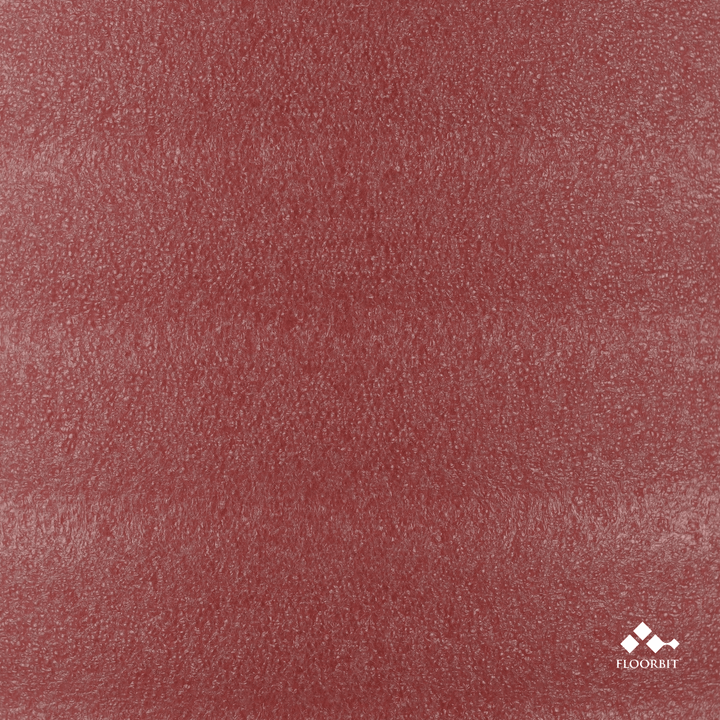Product Information
Floorbit underlay is the perfect companion for your new floating laminate or vinyl floors. This underlayment creates a more natural sound in the room and helps to reduce sound transmission to the rooms below. It also provides better thermal insulation, helping to keep your room temperature where you want it.
- Creates a softer and warmer surface underfoot
- Reduces sound transmission and creates a more natural sound in your room
- Smooths out minor subfloor imperfections
- Easy to cut and install
- For use with Floorbit luxury vinyl and laminate floating floors
- Reduce transit sound by a minimum of 15 dB
- Correct unevenness in the subfloor to have a level base to install the floor
- Long-life performance of at least 20 years
- Excellent noise reduction on hard and soft floors by reducing walking and impact sounds
- Without chlorine, plasticisers and solvents
- Recyclable
- Lightweight
- Durable, even heavy furniture leaves no lasting impression on the material
- Resetting behaviour (or resilience) of almost 100%
- Highly resistant to moisture and chemicals
- The underlays are supplied in convenient and easy-to-transport rolls
- Mould and fungus resistant
- Shock-absorbing technology supports floor locking system — increases comfort
PE Underlay
The polyethylene (PE) underlay is a foam for Floorbit floors that offers good impact and reflected walking sound reduction.
HD Underlay
Made of high-density ethylene-vinyl acetate foam. Placing underlay underneath Floorbit flooring enhances living comfort, as it noticeably reduces reflected walking noise within the home. The HD 1mm is the best-suited underlay to reduce transmission sound to a minimum. It’s ideal for an upper floor or an apartment.
A good underlay insulates against sound, stops rising moisture, and eliminates small irregularities. That is why it’s an essential part of the floor. Carpeting is not a good substitute for underlay. Remove the carpet before installing Floorbit flooring.
On mineral substrates, it’s essential to spread a vapour barrier before installing underlay to insulate against impact sound and reflected walking noise. If the substrate has residual moisture, a thin PE film is laid under the lining as a vapour barrier to protect hard surfaces. If the residual moisture is high, the subfloor must be dried first. Mineral subfloors such as screeds may contain low residual moisture. A vapour barrier is recommended to protect the floor covering from damage. However, a vapour barrier is not suitable for non-mineral subfloors like wooden or chipboard subfloors.
It’s easy to install underlay with a knife:
- Be sure the floor is clean and dry before installing underlay. Pretest substrate for moisture emissions prior to installation of underlay. Ensure that the underlay seams will run perpendicular to the flooring seams.
- Roll out the underlay across the length of your room. Ensure that the end of the underlay is a bit higher at the edges to make the installation easier later on and protect against rising moisture. Install the underlay at right angles to the floor plank to prevent lengthwise joints in the underlay and the flooring from coinciding.
- Unlike floor planks, there is no need to leave a gap between the underlay and walls. If a vapour barrier is used, it should extend up onto the wall by about 3cm. Unroll the underlay sheets side-by-side so they touch one another and join adjacent ones with sticky tape.
- Use the knife to cut off any surplus. Don’t panic if you accidentally cut into the wall because this can be covered with skirting boards later. Follow the line of the wall and press well.
- Remember that the underlay needs to be as smooth as possible. Never put two layers on top of each other because this will create unevenness. Immediately secure the first underlay sheets with a floorboard and work towards the wall.
- Repeat this process until the entire floor is covered and sealed. It is not necessary to tape the outer perimeter of the room’s underlay. After the underlay installation is complete, install your Floorbit flooring according to the installation manuals.
An underlay forms the interface to the subfloor and performs important functions like the compensation of minor bumps. They protect the entire flooring system in daily use and against rising dampness, as well as reduce walking and footstep noise.
| PE Foam 1mm | PE Foam 2mm | HD 1mm |
|
Area Coverage/Roll (sq. ft.)
|
||
| 3229 | 1614 | 538 |
| Length/Roll | ||
| 300m | 150m | 50m |
| Width/Roll | ||
| 1m | 1m | 1m |
| Weight/Roll | ||
| 10kg | 10kg | 5kg |
|
Density (± 5kg/m³)
|
||
| 30 | 35 | 95 |
|
Recommended Flooring Thickness
|
||
| Up to 12.6mm | Up to 12.6mm | Up to 12.6mm |
|
Corrects Unevenness and Protects Locking System
|
||
| ✅ | ✅ | ✅ |
|
Attenuation of Transmitted Impact Sound
|
||
| 🔵 | 🔵🔵🔵🔵 | 🔵🔵🔵 |
|
Noise Reduction
|
||
| 🔵🔵 | 🔵🔵🔵🔵 | 🔵🔵🔵 |
|
Reduces Walking Sound
|
||
| 🔵🔵 | 🔵 | 🔵🔵🔵 |
|
Resistance to Compression
|
||
| 🔵 | 🔵🔵 | 🔵🔵🔵🔵 |


